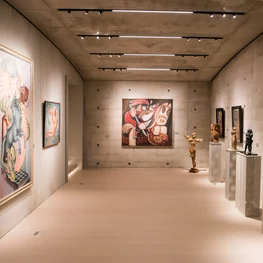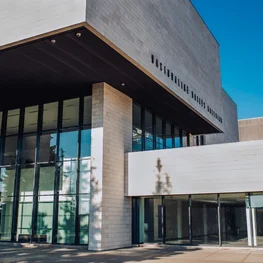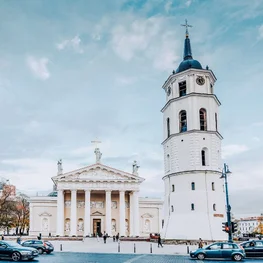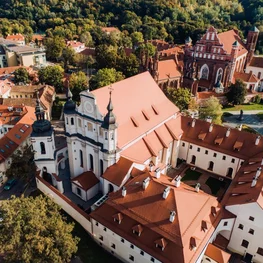

Museums & Galleries
Vilnius boasts a diverse array of museums and galleries that encapsulate the city's rich history, vibrant art scene, and unique cultural heritage, making it a haven for enthusiasts and curious travelers alike.

The Gediminas’ Tower
Enjoy panoramic views of Vilnius and dive into centuries of history at Gediminas’ Tower.

MO Museum
The MO Museum gives visitors the opportunity to experience art and get to know the people and lives behind each creation
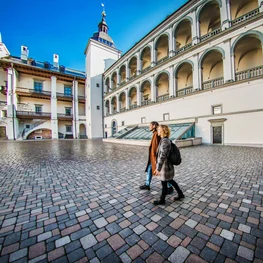
The Palace of the Grand Dukes of Lithuania
During the 15th, 16th centuries and the first half of the 17th century, the Palace of the Grand Dukes was a political, diplomatic, administrative and cultural centre of the Grand Duchy of Lithuania.

Museum of Culture and Identity of Lithuanian Jews
Litvak culture, customs, and stories of historical daily life have never been presented in such a varied, in-depth and interactive way as in the Museum of Culture and Identity of Lithuanian Jews. Vilnius can now be proud to have an institution that promotes the spiritual and cultural treasure of the Jewish community, which has contributed to the history of Lithuania, and which has greatly influenced Lithuanian culture and lifestyle.
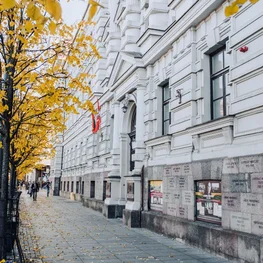
Museum of Occupations and Freedom Fights
The former office of the KGB Deputy Chief of Internal Prison on the museum’s first floor includes an exhibition of documents, photographs, maps and other items depicting the Sovietisation of the region in 1940-1941.

Vokiečių 6
Explore Vokiečių 6, a branch of the Vilnius City Museum. Dynamic exhibitions tell the story of Vilnius, its people, and everyday life.
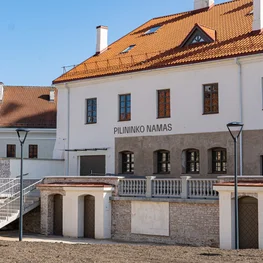
The Castellan’s House
The Castellan’s House is the newest exhibition unit of the National Museum of Lithuania, presenting Lithuanian history, culture and people who have contributed to the country’s development.

Beatričės house
Discover Beatričė Grincevičiūtė’s home museum in Vilnius. Immerse yourself in her music, story, and daily life from Lithuania’s past century.

Markuciai manor museum
The museum building, with the exception of a masonry extension and some elements of decoration, has left unchanged till these days.

The Centre for Wooden Architecture
Discover Vilnius’s Wooden Architecture Centre in Užupis. Explore heritage, sustainable design, and craftsmanship through exhibitions and workshops.
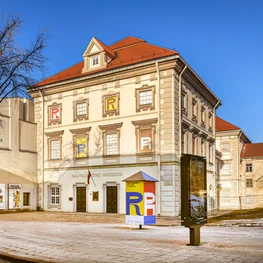
The Radvila Palace Museum of Art of the LNMA
The newly renovated Radvila Palace Museum of Art reopened with an exhibition Protest Art: The Rebels of the Soviet Era, presenting a part of a wide collection gifted to the museum by Vladimir Tarasov.

Sapieha palace
The goal is to transform the Sapiegų Palace into a world-class cultural space that fosters respect for history and creates opportunities for an original dialogue between cultural heritage and contemporary art.
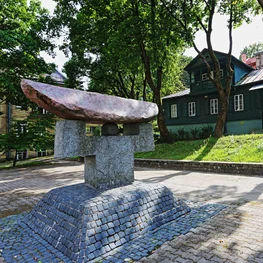
Holocaust Exposition
Discover the history and heritage of Lithuania’s Jewish community and remember their fate during the Holocaust at this compelling exposition in Vilnius.
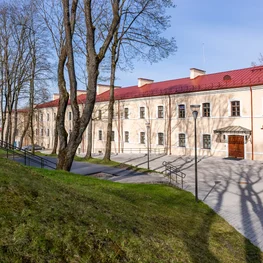
House of Histories exhibition space
The House of Histories is a space where history is presented to visitors not as a fixed past, but as a reality created and still being created by all of us.
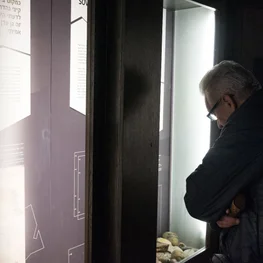
Visitors Information Centre of the Paneriai Memorial
Paneriai is the site of the largest mass murder organised and executed by the Nazis in Lithuania.
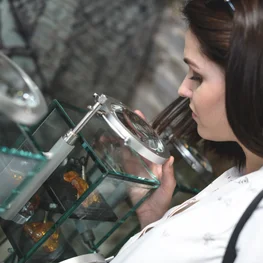
Amber Museum - Gallery
Discover Baltic amber’s beauty — from ancient fossils to modern jewellery — at the Amber Museum-Gallery in Vilnius.
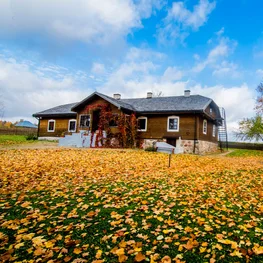
Museum of Vladislovas Sirokomlė
Discover the manor where Vladislovas Sirokomla lived and created - see his personal items, books and enjoy a peaceful cultural escape just outside Vilnius.
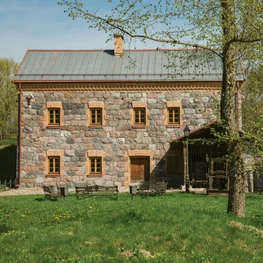
Liubavas Manor Watermill-Museum
It’s a museum recounting Lithuania’s historical, cultural and technical heritage
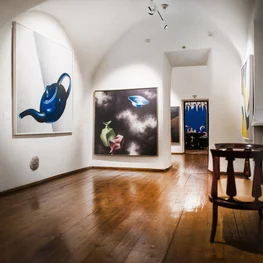
Kazys Varnelis House-Museum
When was the last time you visited a house-like museum? You will probably agree that only by knowing our origins can we create a meaningful future.
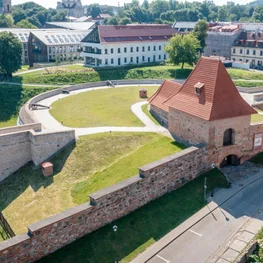
The Bastion of the Vilnius Defence Wall
The bastion is an original example of Renaissance defensive architecture.
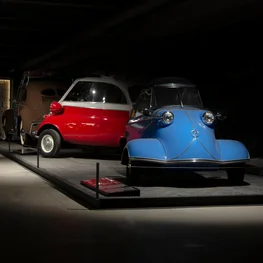
Auto Museum
World class retro cars museum. Here You will get to see fully renovated authentic pieces of historical cars.
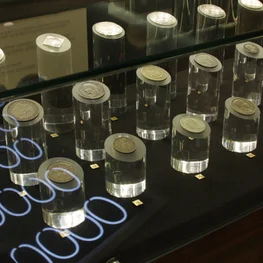
Money Museum
Discover the story of money and banking in Lithuania — explore coins, banknotes and interactive exhibits at the Money Museum in Vilnius.
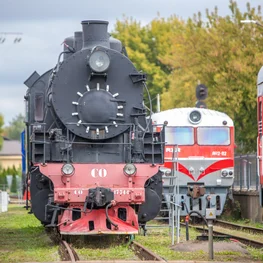
Railway Museum
Step into the world of railroads — explore historic trains, interactive exhibits and outdoor locomotive park at Vilnius Railway Museum.
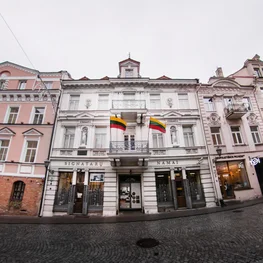
The House of Signatories
The House of Signatories is a monument of history and architecture where the Act of Reinstating Independence of Lithuania was signed on February 16, 1918.
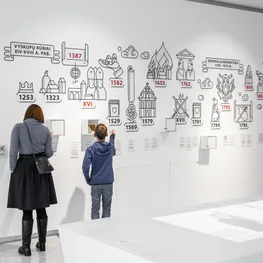
Centre for Civil Education
The Centre for Civil Education is a state-of-the-art educational space that presents in detail how the state functions and how its citizens participate in the creation and management of a democratic state.
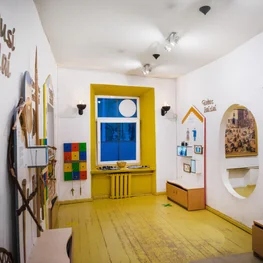
Toy Museum
A magical place where you can feel like a child again. There are many toys to play with, and many toys exhibits.
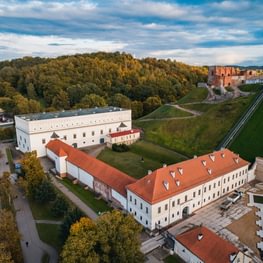
The Old Arsenal
Over 4,000 archaeological findings are presented at the Lithuanian archaeology exhibition titled “Prehistory of Lithuania”.
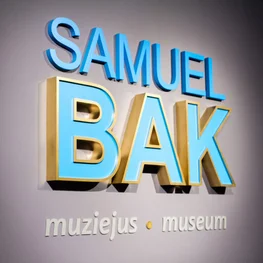
Samuel Bak Museum
Explore Samuel Bak’s evocative art and personal story — a moving journey through history, memory and Jewish cultural heritage in Vilnius.

Television Tower
The Vilnius Television Tower is the tallest building in the country and is rightfully ranked among the tallest television towers in the world.

Vytautas Kasiulis Museum of Art of the LNMA
Vytautas Kasiulius Museum of Art introduces the artists of Lithuanian exodus of the 20th and 21st centuries.

Lithuanian Theatre, Music and Cinema Museum
Located in the Minor Radvilos Palace, the museum reflects life, creation, and spiritual experience of Lithuanian artists.
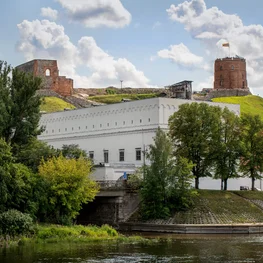
The Museum of Applied Arts and Design of the LNMA
What makes this museum interesting is the fact that it does not currently have a permanent exposition, but only temporary exhibitions, information about which is easily accessible on the Internet.
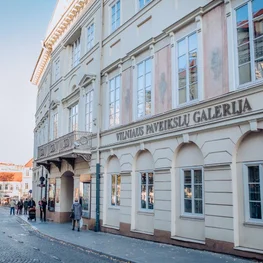
Vilnius Picture Gallery of the LNMA
Provides a comprehensive introduction to the development of Lithuanian art
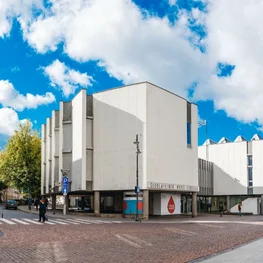
Contemporary Art Centre (CAC)
Located in the heart of Vilnius Old Town, the Contemporary Art Centre (CAC) is one of the largest contemporary art spaces in the Baltic region.
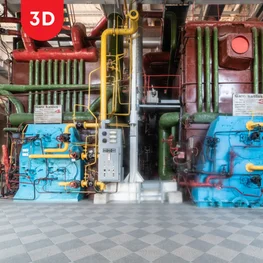
The Energy and Technology Museum
The first public electric power plant in Vilnius is now turned into a museum where you can experience harmony of industrialism and culture.

